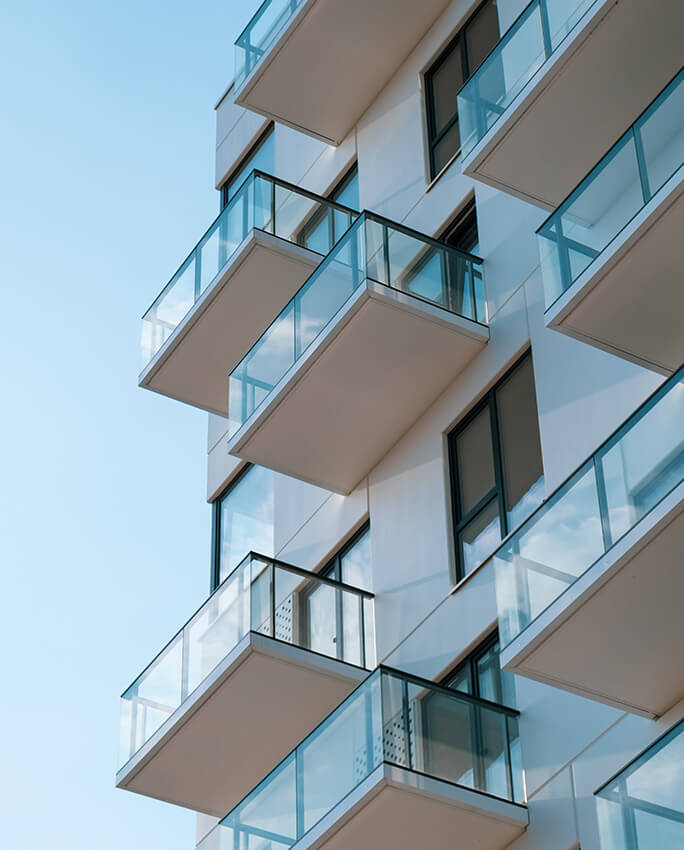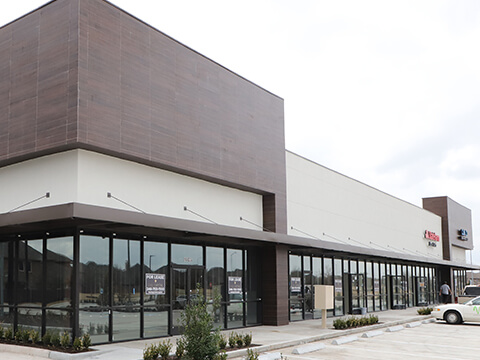 Investor’s Guide to The Types of Multifamily Structures
Investor’s Guide to The Types of Multifamily Structures
While many commercial real estate investors have a preference on the type of structure they are investing in, multifamily buildings are always a smart choice. Multifamily real estate offers positive cash flow, lower risk and greater advantages when financing. While some people may have a particular type of building in mind when thinking about multifamily real estate, there are actually numerous kinds of buildings with different purposes, price points and tenants.
Multifamily properties are defined as a residential space where two or more units reside in the same structure. Some buildings only have two or three units, while others in metropolitan cities can be several stories high and house hundreds of residents. In general, multifamily structures are classified by its size. The three primary categories are low-rise, mid-rise and high-rise, depending upon the number of units and floors in the structure.
Low-Rise Multifamily Buildings
This type of multifamily structure is what is commonly thought of in more suburban areas. Low-rise apartments are generally three or fewer stories and may include elevators in them. They can be only one or multiple buildings spread throughout a larger area. Examples of low-rise multifamily buildings include: townhouses, row houses, duplexes, garden-style complexes, senior housing or subsidized housing.
Low-rise multifamily buildings provide ample parking for tenants, sometimes featuring dedicated garages. These structures have some amenities, but typically less than high-rise apartments. Low-rise multifamily structures are more affordable for investors, but also result in smaller returns than other types of apartment buildings.
Mid-Rise Multifamily Buildings
This type of multifamily structure has between 5 to 9 stories featuring at least one elevator. Mid-rises can be found in both urban and suburban areas and are increasingly popular with developers, investors and residents. Examples of mid-rise multifamily buildings include: Condominium buildings, college dormitories, senior housing complexes or urban apartments closer to busy city areas.
Mid-rise multifamily buildings provide cost efficiencies for developers by creating additional units per square foot of land, enabling higher returns for investors. They are easier to build, lease quicker and often include sustainable living practices. Residents enjoy living in these types of apartments since they are close to shopping, entertainment and restaurants. Mid-rises offer more significant amenities like a gym, common areas, green spaces and a pool.
High-Rise Multifamily Buildings
A high-rise is any multifamily structure with 10 or more stories located within a busy metropolitan area. High-rises provide an effective housing solution on smaller plots of land. Examples of high-rise multifamily buildings include: luxury apartments, long-term hotels, college dorms at larger universities and senior housing in dense cities.
High-rise buildings are common in Chicago, San Francisco, Houston and New York City and have continued to grow into mid-sized cities as well. While these types of structures provide more lucrative opportunities for investors, they do present some challenges. Tenant parking is almost always an issue and developers need to think ahead and potentially provide innovative solutions. Construction and maintenance costs are generally higher and taller buildings require additional standards to adhere to. However, the stable income, rising property value and tax advantages, make high-rise multifamily structures worth evaluating for any commercial real estate investor.
Mixed-Use Multifamily Buildings
The last category of multifamily structures is mixed-use. These are often seen in more suburban areas with the residential units placed on top of retail stores and restaurants. The businesses operate the retail stores on the first floor and the floors above it are designated for residential. This arrangement is convenient for both types of tenants as businesses have a built-in customer base and residents have easy access to shopping.
No matter what type of multifamily structure you are interested in, this type of commercial real estate provides consistent cash flow and the ability to minimize risk with the larger number of tenants. As with any type of investment, do your research and multifamily structures can be a successful addition to your portfolio.






